प्रभावी डैशबोर्ड बनाने के लिए सर्वोत्तम अभ्यास
प्रभावी डैशबोर्ड बनाना किसी भी व्यवसाय के लिए बहुत महत्वपूर्ण है, क्योंकि यह मुख्य मापदंडों और जानकारी का एक दृश्य प्रतिनिधित्व प्रदान करता है। इस लेख में, हम प्रभावी डैशबोर्ड बनाने के लिए सर्वोत्तम अभ्यासों पर चर्चा करेंगे, एक टेम्पलेट का उपयोग करके मार्गदर्शन प्रदान करेंगे।
डैशबोर्ड का परिचय
एक डैशबोर्ड विभिन्न जानकारी और मापदंडों का एक दृश्य प्रतिनिधित्व है। यह उपयोगकर्ताओं के लिए अपने मापदंडों को ट्रैक करने के लिए एक जाने-माने स्थान है और यह किसी भी सॉफ़्टवेयर के रूप में सेवा (SAS) प्लेटफ़ॉर्म की एक मुख्य विशेषता है।
डैशबोर्ड का महत्व
एक डैशबोर्ड का मुख्य उद्देश्य एक उत्पाद के मापदंडों को दृश्य रूप से प्रदर्शित करना है। यह अंतिम उपयोगकर्ता और उत्पाद लक्ष्यों पर निर्भर करता है, और यह पूरी तरह से यह निर्भर करता है कि अंतिम उपयोगकर्ता क्या देखना चाहते हैं।
डैशबोर्ड के लिए टेम्पलेट
एक डैशबोर्ड टेम्पलेट में आमतौर पर निम्नलिखित घटक शामिल होते हैं:
- साइड नेविगेशन बार
- टॉप नेविगेशन बार
- लोगो
- नेविगेशन आइटम (जैसे कि डैशबोर्ड, सेटिंग्स, एकीकरण)
- खोज बार
- सूचना संकेतक
- उपयोगकर्ता अवतार
इन घटकों का ogni डैशबोर्ड के लिए आवश्यक है, और शामिल किए गए विशिष्ट आइटम उत्पाद लक्ष्यों और उपयोगकर्ता आवश्यकताओं पर निर्भर करेंगे।
डैशबोर्ड का मुख्य भाग
डैशबोर्ड का मुख्य भाग में मुख्य मापदंड, जैसे कि आवर्ती राजस्व, और डेटा का एक दृश्य प्रतिनिधित्व शामिल होना चाहिए। मापदंडों को अधिकतम पांच तक सीमित करना चाहिए ताकि उपयोगकर्ता को बोलने से बचा जा सके।
प्रभावी डैशबोर्ड के उदाहरण
आइए प्रभावी डैशबोर्ड के कुछ उदाहरण देखें:
- Subtrack: एक सदस्यता प्रबंधन मंच जो आवर्ती राजस्व को ट्रैक करता है और मुख्य मापदंडों को प्रदर्शित करता है।
- Kajabi: एक ऑनलाइन पाठ्यक्रम बेचने के लिए एक मंच जो एक समान टेम्पलेट का उपयोग करता है।
- Figma: एक डिज़ाइन टूल जो एक समान टेम्पलेट का उपयोग करता है।
- Jira: एक कार्य प्रबंधन मंच जो एक समान टेम्पलेट का उपयोग करता है।
- Stripe: एक भुगतान प्रबंधन मंच जो एक समान टेम्पलेट का उपयोग करता है।
निष्कर्ष
निष्कर्ष में, प्रभावी डैशबोर्ड बनाने के लिए मुख्य मापदंडों और जानकारी को प्रदर्शित करने के लिए सावधानी से विचार करना आवश्यक है। एक टेम्पलेट का उपयोग करके मार्गदर्शन प्रदान करने से, डिज़ाइनर उपयोगकर्ताओं के लिए मूल्यवान अंतर्दृष्टि प्रदान करने वाले डैशबोर्ड बना सकते हैं।
यहां एक डैशबोर्ड टेम्पलेट का एक उदाहरण है:
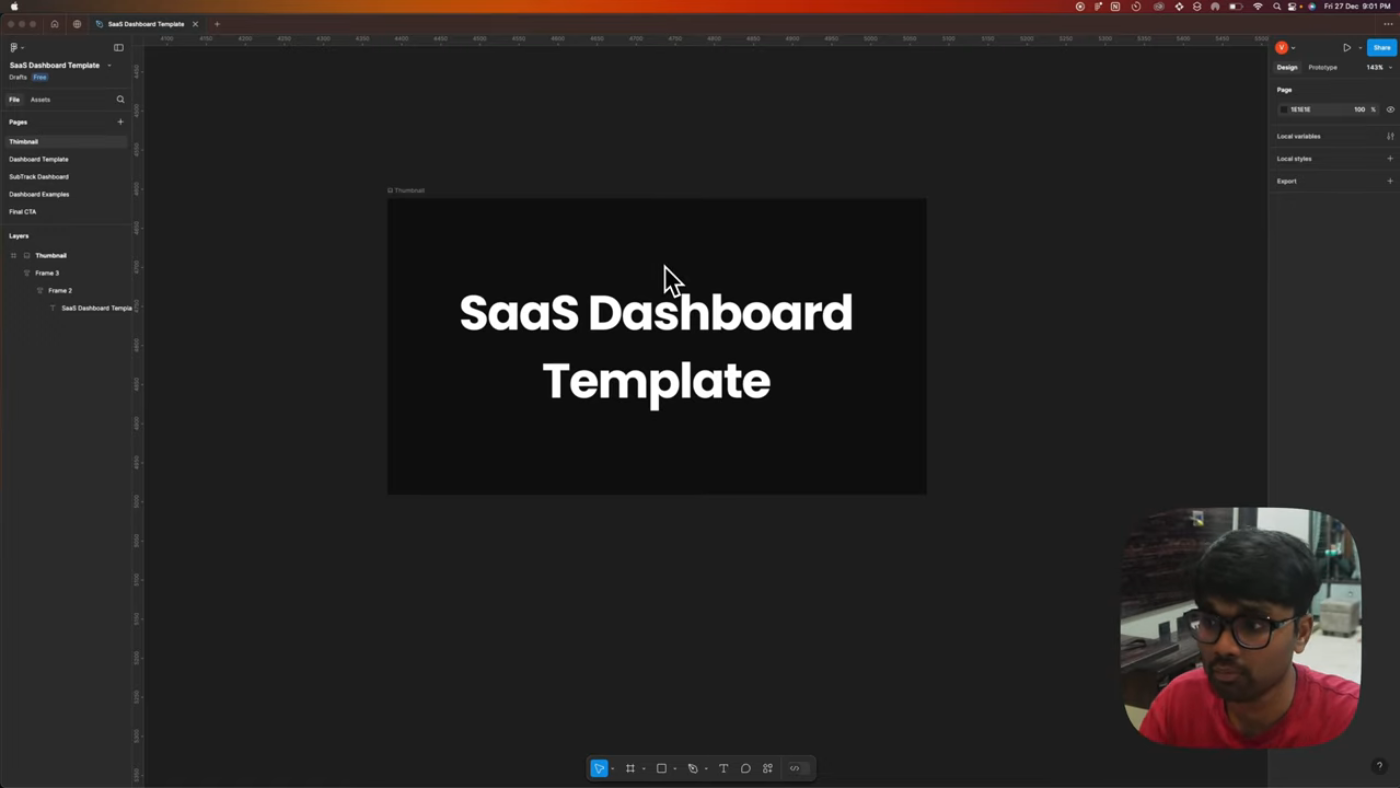 यह चित्र के लिए अभिहित है
यह चित्र के लिए अभिहित है
38 सेकंड पर, वक्ता साइड नेविगेशन बार पर चर्चा करते हैं:
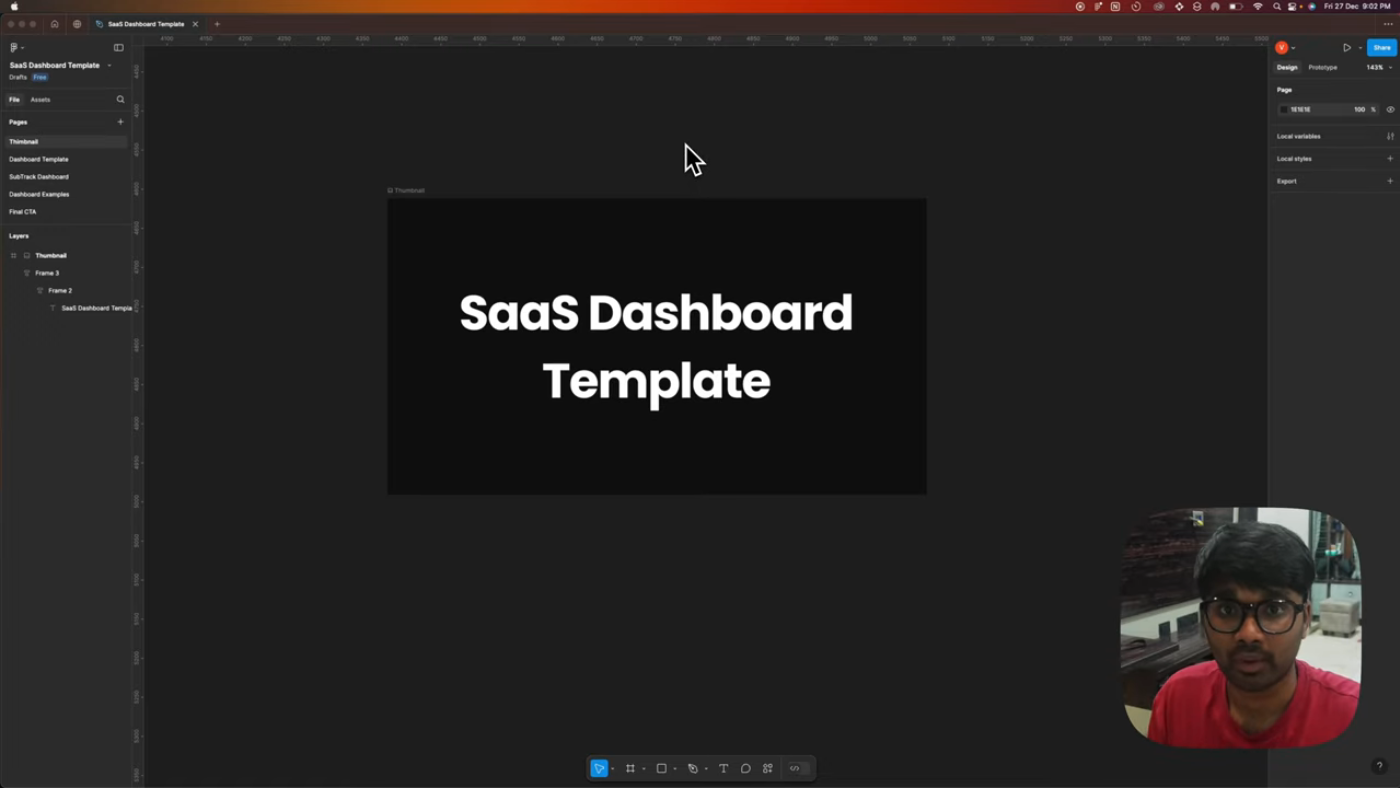 यह चित्र के लिए अभिहित है
यह चित्र के लिए अभिहित है
285 सेकंड पर, वक्ता डैशबोर्ड के मुख्य भाग पर चर्चा करते हैं:
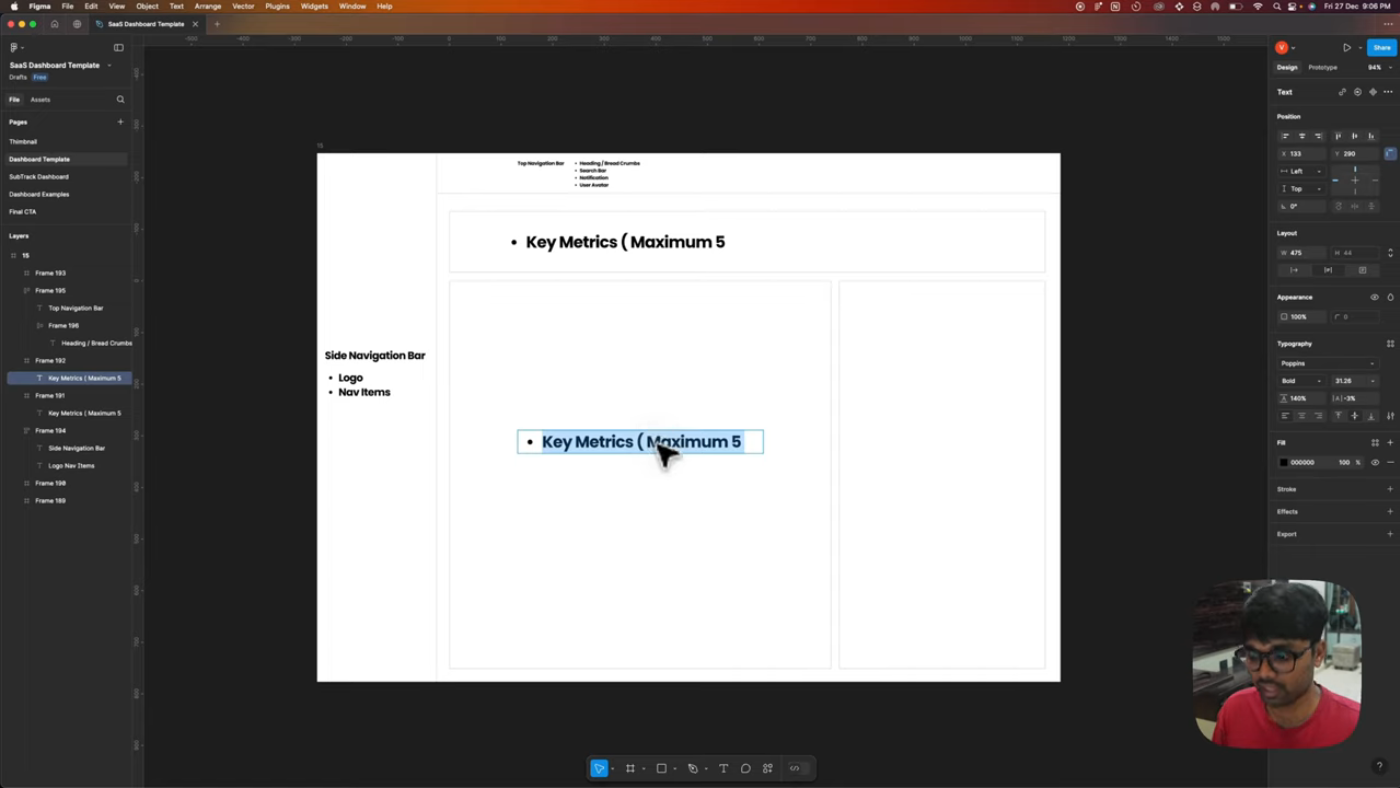 यह चित्र के लिए अभिहित है
यह चित्र के लिए अभिहित है
435 सेकंड पर, वक्ता मापदंडों को अधिकतम पांच तक सीमित करने के महत्व पर चर्चा करते हैं:
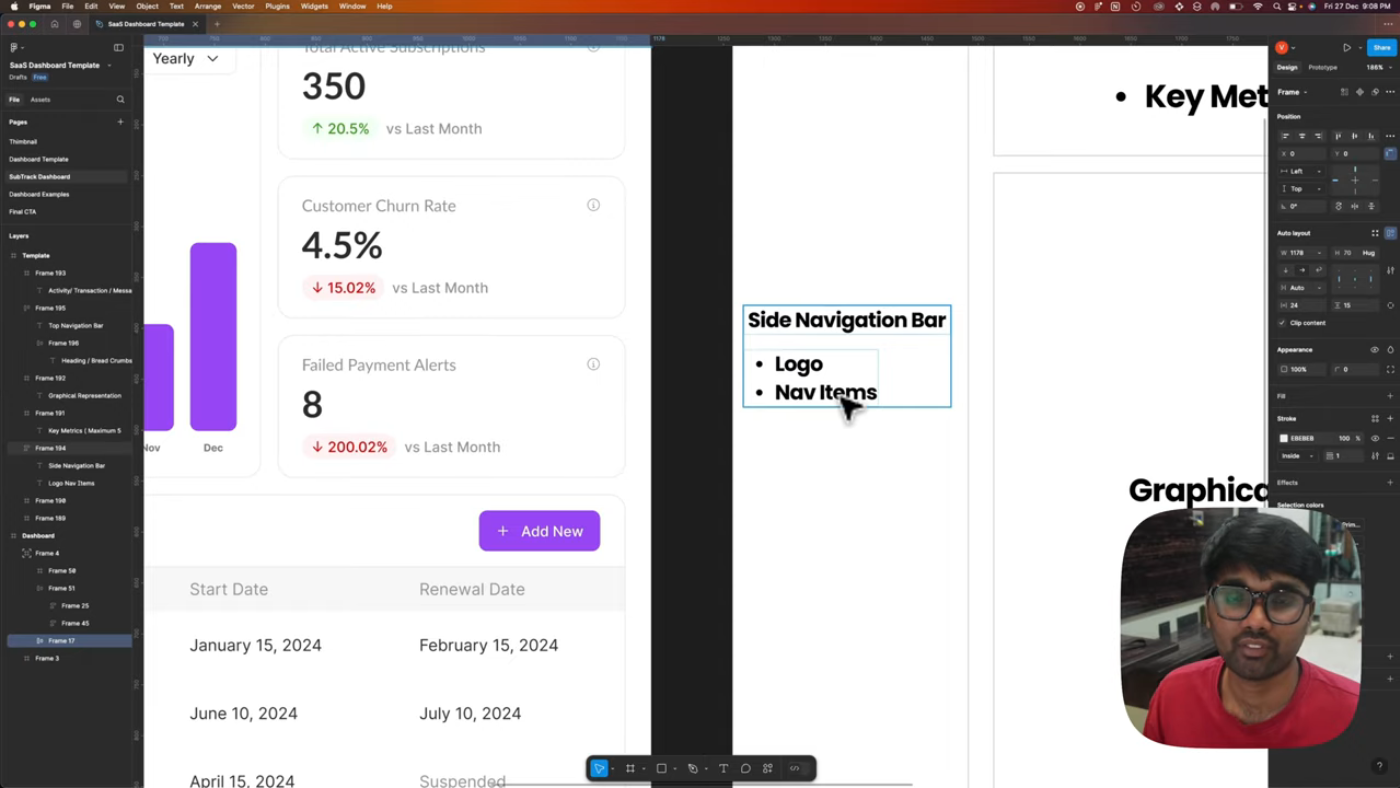 यह चित्र के लिए अभिहित है
यह चित्र के लिए अभिहित है
634 सेकंड पर, वक्ता प्रभावी डैशबोर्ड के उदाहरणों पर चर्चा करते हैं:
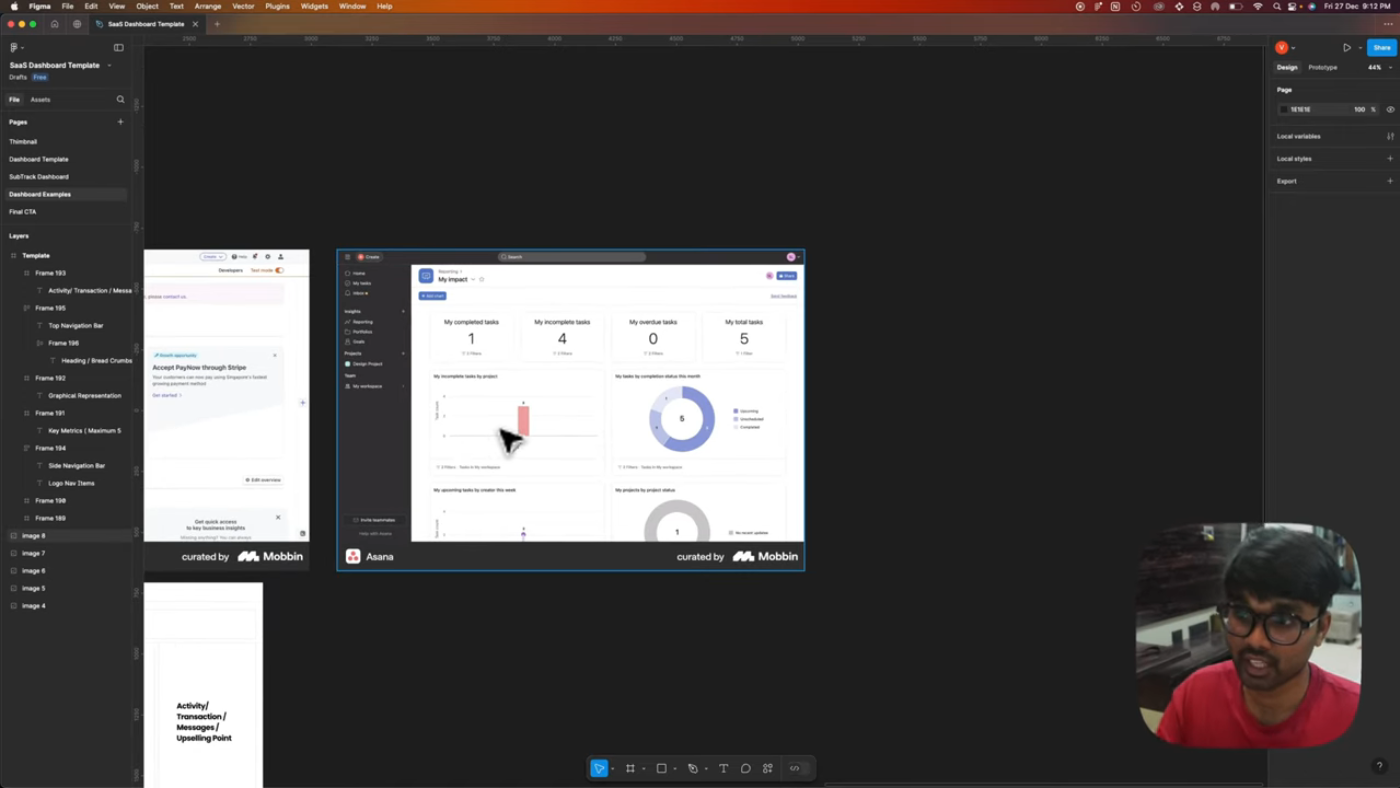 यह चित्र के लिए अभिहित है
यह चित्र के लिए अभिहित है
इन सर्वोत्तम अभ्यासों का पालन करके और एक टेम्पलेट का उपयोग करके मार्गदर्शन प्रदान करके, डिज़ाइनर उपयोगकर्ताओं के लिए मूल्यवान अंतर्दृष्टि प्रदान करने वाले प्रभावी डैशबोर्ड बना सकते हैं।
